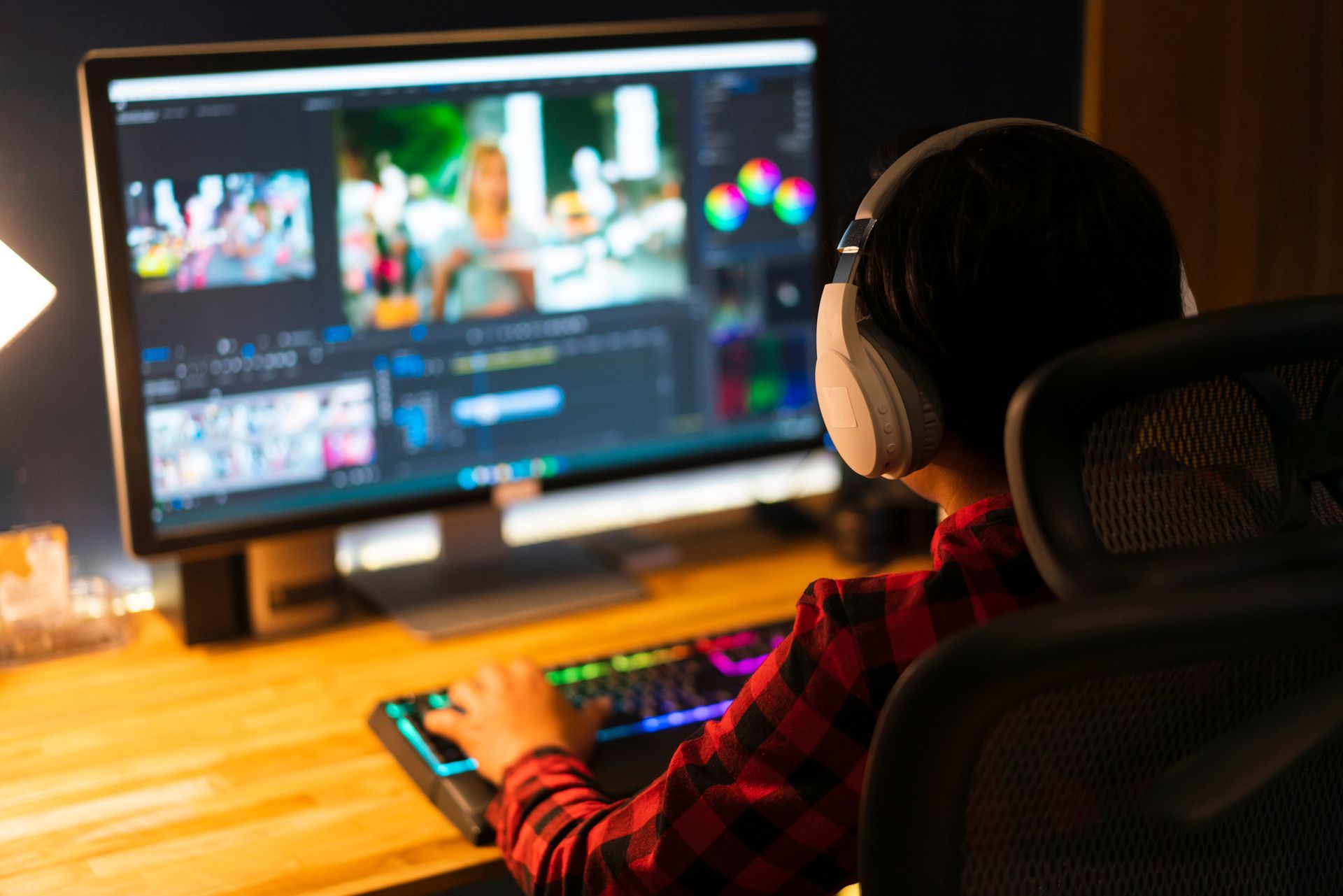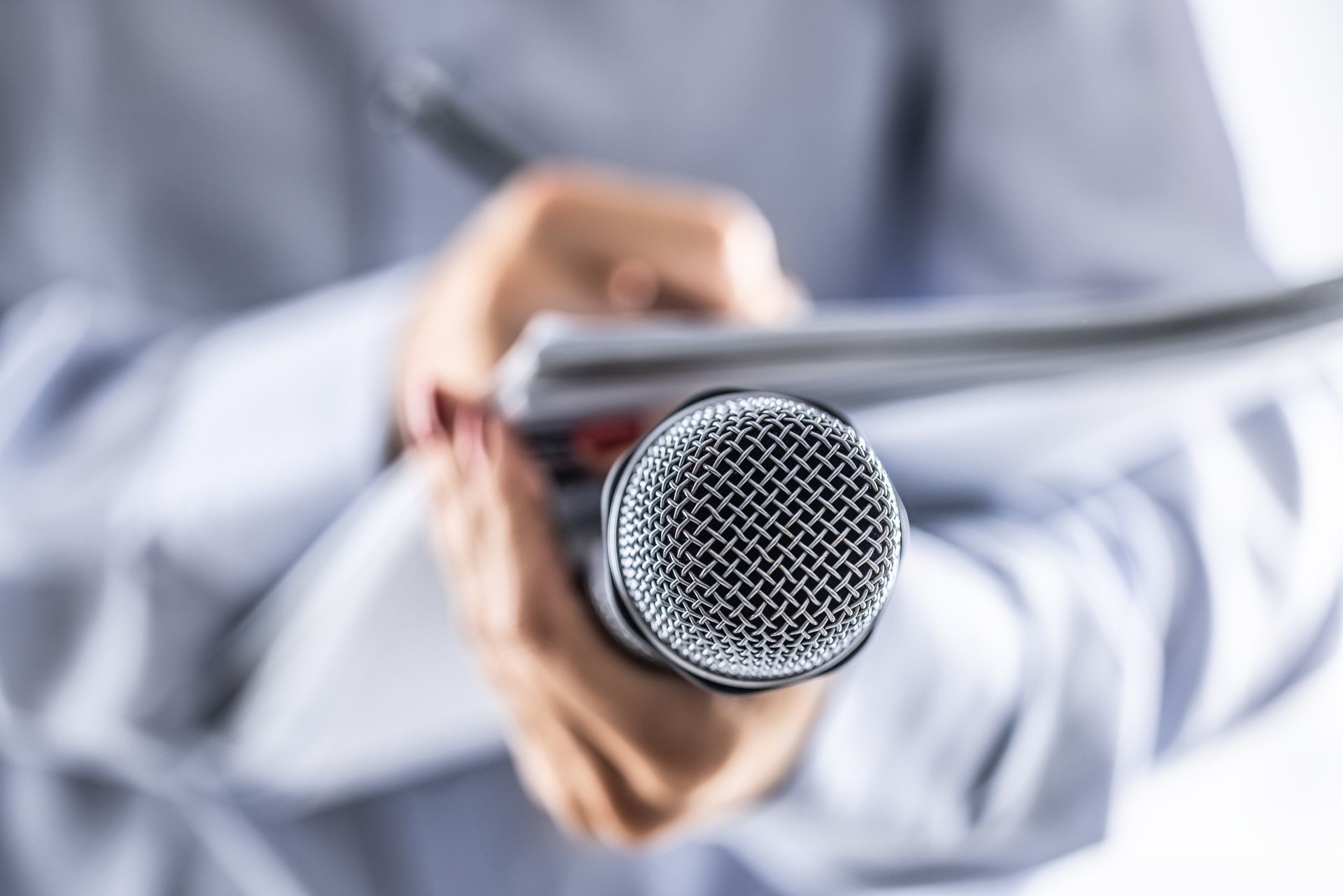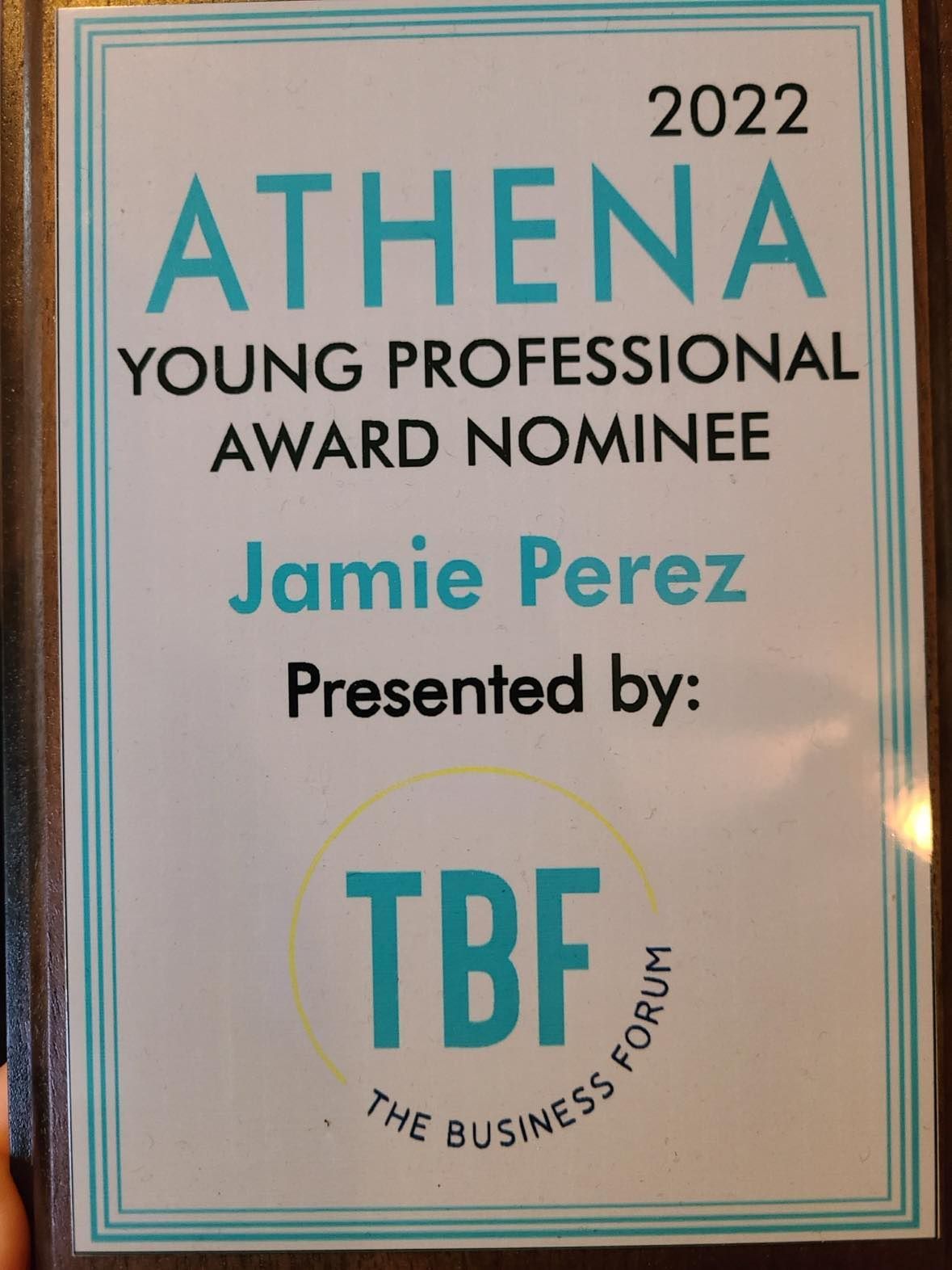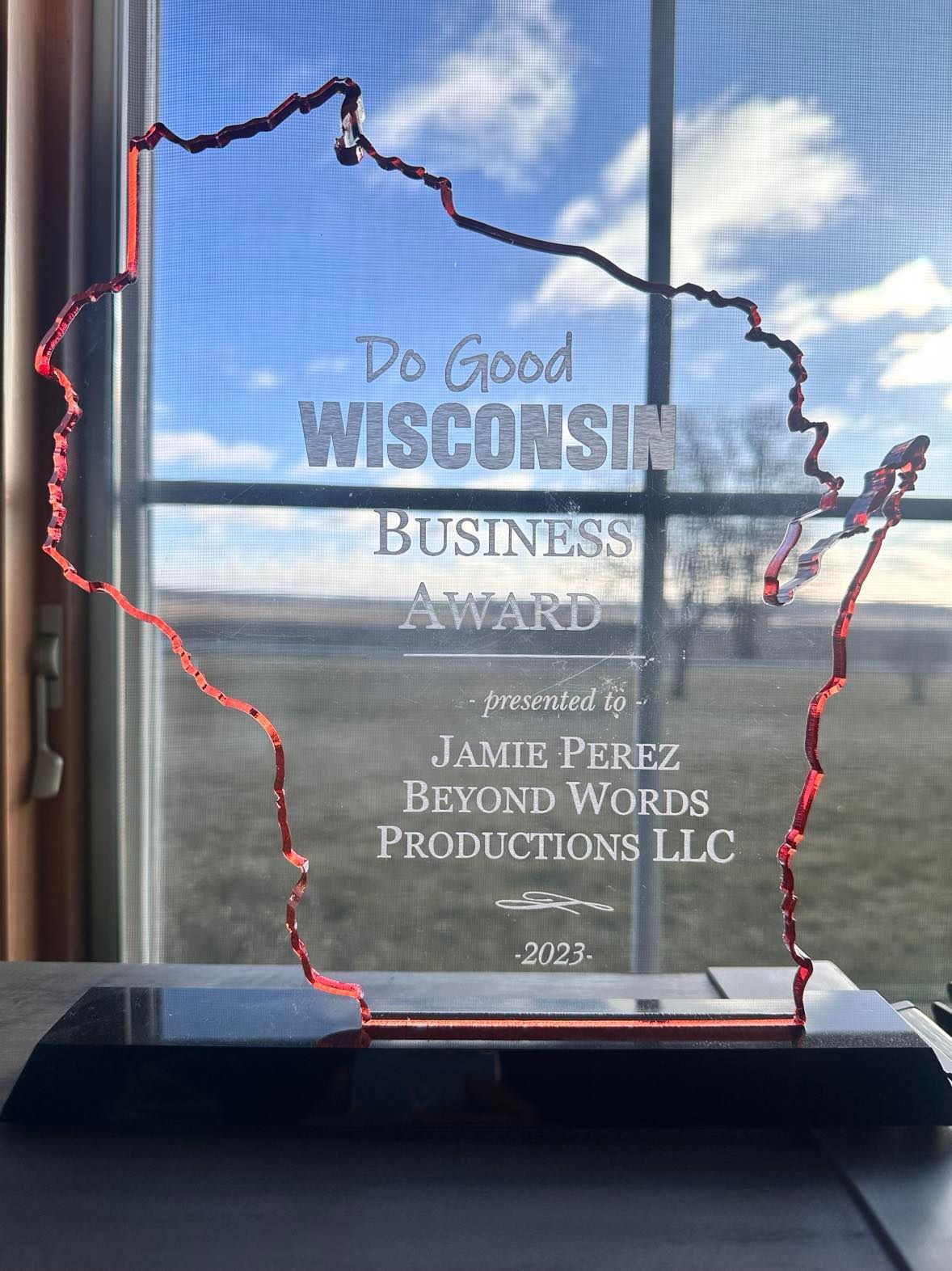Here’s a List of Some of the Best Royalty-Free Stock Footage and Audio Sites
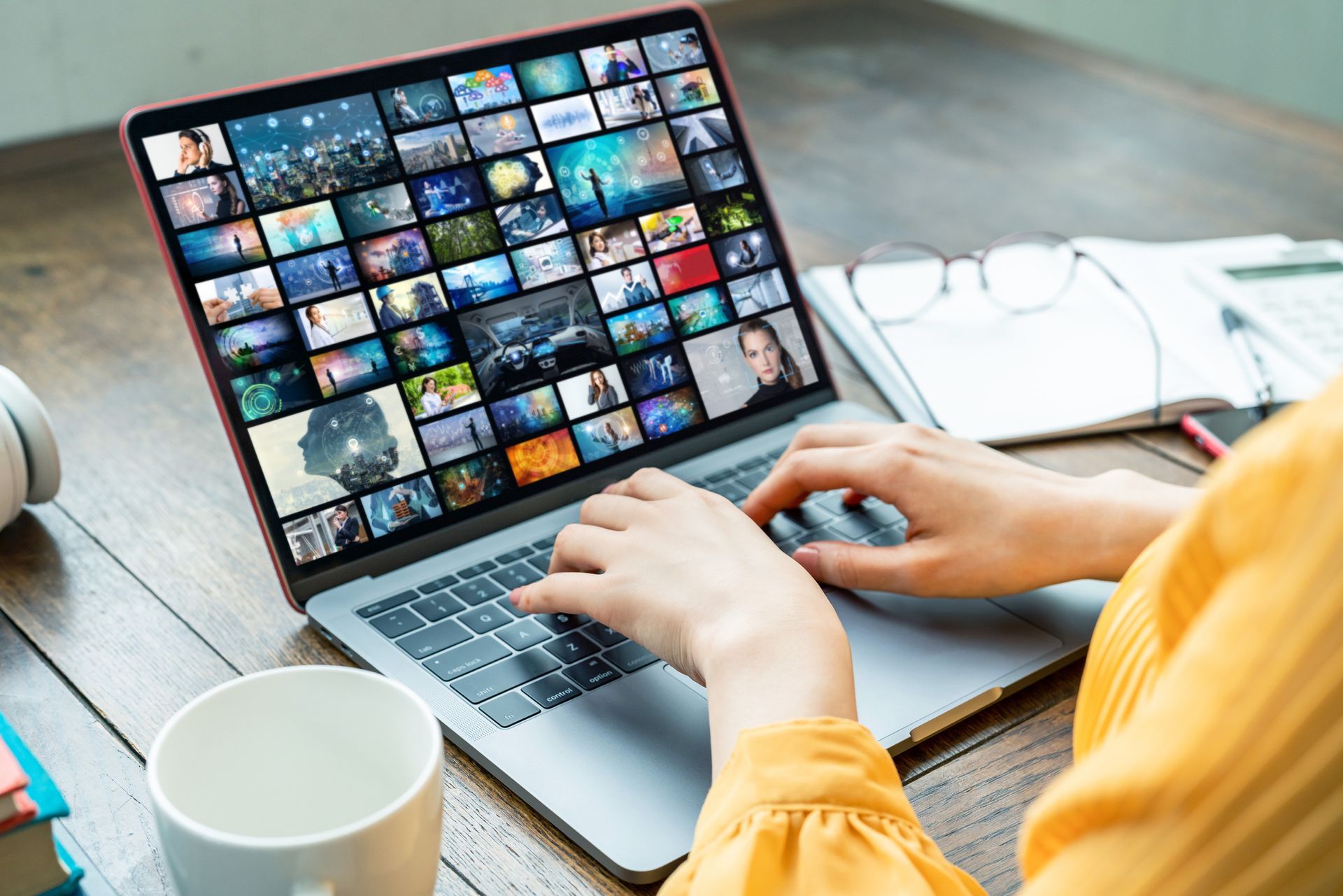
For professional content creators who rely on paid sites for their video and audio needs, here's a list of subscription-based video and audio libraries that content creators can consider for access to a wide range of high-quality video footage and audio assets:
For Royalty-Free Stock Footage:
- Pexels: Pexels offers a vast collection of high-quality, free stock videos that you can use for any purpose, including commercial projects.
- Videvo: Videvo provides a wide range of free and premium stock footage and motion graphics. They have a user-friendly search filter and offer HD and 4K videos.
- Pixabay: Pixabay not only offers free stock images but also has a growing library of free videos and animations for your creative needs.
- Videezy: Videezy features a community-driven collection of free and premium HD stock footage. They offer a variety of video categories to choose from.
- Coverr: Coverr specializes in providing free, visually appealing videos for website backgrounds. Their selection is updated regularly.
- Storyblocks (formerly Videoblocks): While it's primarily a subscription-based service, Storyblocks offers a free section with a limited selection of high-quality videos.
For Royalty-Free Stock Audio:
- YouTube Audio Library: YouTube provides a wide range of free music and sound effects that you can use in your videos without worrying about copyright issues.
- Free Music Archive: FMA offers a vast collection of music tracks that are free to use, with options for various licenses.
- Incompetech: Incompetech is known for its extensive library of royalty-free music composed by Kevin MacLeod. You can use his music in your projects by giving proper credit.
- AudioJungle: While it offers paid music tracks, AudioJungle also has a free section that includes high-quality audio tracks and sound effects.
- Free Music for Videos: This website provides a selection of free music tracks specifically curated for video creators, with easy-to-understand licensing terms.
- SoundCloud: Many independent artists and creators share their music on SoundCloud under Creative Commons licenses. Be sure to check the license details for each track.
Remember to review the licensing terms and restrictions for each resource to ensure compliance with your specific project needs. Always attribute or credit the creators when required, and consider supporting these creators whenever possible, especially if you find their work valuable for your content. ***
Subscription-Based Video Libraries:
- Artgrid: Artgrid offers a subscription service that provides access to a diverse collection of high-quality cinematic footage. They offer various subscription tiers based on video quality and licensing options.
- Storyblocks: Storyblocks offers an extensive library of stock footage, motion backgrounds, and After Effects templates. They offer affordable subscription plans for unlimited downloads.
- Shutterstock Footage: Shutterstock provides a vast collection of stock footage with various subscription options, allowing you to access video clips in different resolutions.
- Getty Images Video: Getty Images offers a subscription service that includes premium video content alongside their renowned image library.
- Adobe Stock: Adobe Stock, in addition to images, offers a wide range of video assets. It seamlessly integrates with Adobe Creative Cloud applications.
- Envato Elements: Envato Elements is a subscription-based platform that includes stock video footage, After Effects templates, and a plethora of creative assets for designers and video editors.
Subscription-Based Audio Libraries:
- Epidemic Sound: Epidemic Sound offers a subscription service that grants access to a vast library of royalty-free music and sound effects designed for content creators.
- PremiumBeat: PremiumBeat, a Shutterstock company, provides a subscription service with access to a diverse selection of high-quality music tracks for videos.
- Artlist: Artlist offers a subscription-based music licensing service for content creators, with a simple and straightforward licensing structure.
- Soundstripe: Soundstripe provides a subscription service that offers unlimited access to their music library for video projects. They also offer sound effects and stock video.
- Pond5: Pond5 offers a subscription plan that includes access to a vast library of music tracks, sound effects, and video footage, making it a one-stop shop for multimedia content.
- Musicbed: Musicbed offers a subscription option for unlimited access to their music catalog, which includes a wide range of genres and moods.
When choosing a subscription-based library, consider your specific needs, budget, and the types of projects you'll be working on. Each platform may have its own unique features, licensing terms, and pricing structures, so it's essential to review them carefully to find the best fit for your content creation workflow. ***
